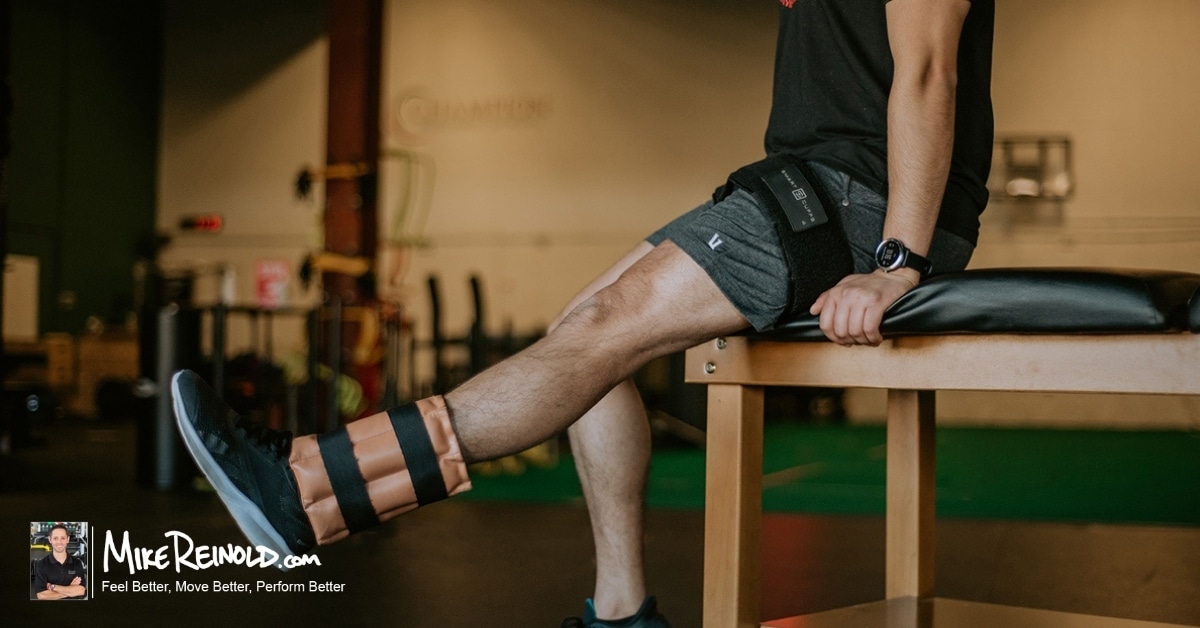If you ever work with injured people, you will inevitably get the question from a patient at some point “how do I transition back into working out after my injury.” For the person with previous fitness and strength training experience, this may not be too challenging, depending on the extent of their injury. They may simply need guidance on how to individualize their programs to their own injury, but I also take advantage of this scenario to educate them on what an ideal program looks like.
Much more common, however, is the person that does not have a fitness or strength training background and is using their current injury as the catalyst to get off their butt and into the gym. Fantastic.
But before any beginner to strength training or someone transitioning from an injury begins a program, I recommend you carefully assess the program and help them individualize the program to their unique injury.
Components of a Good Strength Training Program
I first assess any fitness or strength training program by looking at the general components of the program. I want to see certain things that I know are going to put you in a position to succeed in regard to preparing, performing, and recovering from your working.
For beginners to strength training, this could be the difference between succeeding and continuing your fitness adventure, or failing and getting back on the couch.
This is even more important for a person transitioning from an injury in to training. If the program is too aggressive, you certainly do not want to reinjure yourself.
Components I am looking for include:
- A good warm-up consisting of self-myofasical release techniques and general dynamic mobility
- A series of exercises designed to “activate” certain muscle groups to get them ready to fire during the workout
- A combination of exercise types, that emphasize resistance training, but also develop mobility and coordination
- Proper regeneration strategies, including nutritional information
- Options to individualize the program based on your needs, goals, and experience
The next thing I assess is the actual programming itself in regard to exercise selection, sequencing, and periodization. Any program that picks stupid exercises or structures it in a way that is going to cause you to not be able to walk for 2 weeks is counterproductive for beginners to strength training and people transitioning from an injury.
Unfortunately, there are many popular exercises out there may do more harm than good. There are simple regressions and progressions that can be applied to assure that an exercise is both effective while not being disadvantageous to the person. This simply takes skill, current knowledge of the science of exercises, and experience working with people to know what works and what doesn’t work.
In all honesty, I prefer simple at this point for this group of people. If a program looks too advanced with fancy exercise variations, it may not be the best for the person looking to transition back from an injury.
How to Recommend A Great Strength Training Program
So with the above information in mind, how do you recommend a great strength training program for someone coming back from an injury?
In the past, my recommendation was to always refer these people to a great personal trainer or strength coach that can spend some time with them, assess their current fitness level and movement patterns, and then individualize a program based on their injury and experience. This is certainly not a situation to be recommending P90X or Insanity, which is just going to beat them up. There wasn’t really a great “do-it-yourself” option out there that I felt comfortable recommending.

Now, just to be clear, Mike did not write this program to be used as a transition program from injury to strength training. It’s much better than that and applicable for anyone – from beginners to advanced, from coming off an injury to never been hurt in my life. Mike’s program includes all of the components above that I am looking for, with the added benefit of knowing that it comes from a premier strength coach that understanding of the body and how to help people improve how they feel.
I did the first month of the program last fall when Mike was developing the product and really enjoyed it. So I can easily recommend this without hesitation, as I have experienced the program. I had to stop due to an injury (obviously unrelated to the program) so did not progress through the whole program, but I’ll be using the program myself to start over and transition back from my own injury.
Hopefully the information above on what I look for in a good strength training program can serve as a good starting point, regardless of which program you are looking to implement. My goal is to get every patient into a fitness program after they have recovered from their injury. Finding the right program to transition from injury to strength training is the trick.
[hr]




